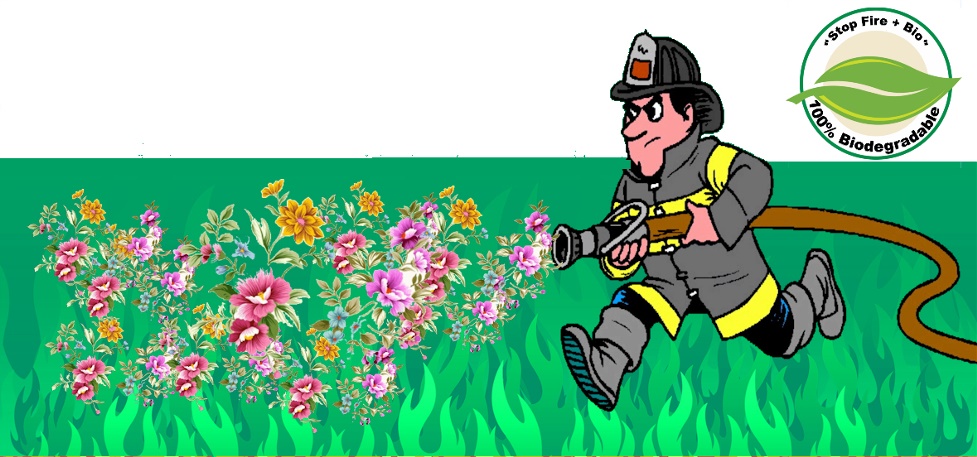"STOP FIRE + BIO" fire extinguishing:
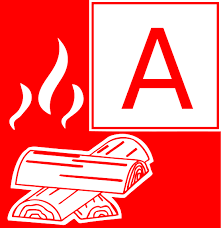
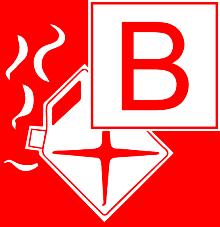
When you were extinguishing a fire, it was important to know what is burning. Based on this information, you could choose the appropriate extinguishing agent. not all fires could extinguished with the same extinguishing agent. Use of the wrong extinguisher could lead to dangerous situations.
There are different types of fire-extinguishing substances, each with their own unique extinguishing properties. The extinguishing effect was dependent on what is in the fire. What fire laid down that any extinguishing agent was most suitable.
With "STOP FIRE + BIO" is thinking of preterit "STOP FIRE + BIO"
extinguish all types of fires,
For the A + B class fire "STOP FIRE + BIO" has been extensively tested in this class, and has been approved as a fire extinguishing agent for these classes in the Euro-Asian area. Fire classes C + D + E are expected this year to obtain their approval.
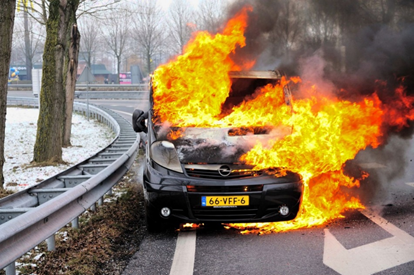 Car Fires:
Car Fires:
A car is fully packed with flammable materials, such as upholstery, cables, tires and of course the fuel. If something starts to smoulder you should immediately take action, because before you know it your whole vehicle is on fire. A nightmare! When a car fire is quickly and adequately act therefore is of very great importance.
For a car fire extinguishing there are different materials like foam extinguishers - Powder Aerosol extinguishers and extinguishers extinguishing material each has a different feature, but what choice you make also it is never correct, this apply especially for car fires with various combustible materials
"STOP FIRE + BIO"
put an end to this dilemma, which materials are on fire
"STOP FIRE + BIO"
extinguishes the fire and is also 5 to 10 times more effective than any other extinguishing agent.
Forrest and Wild fires
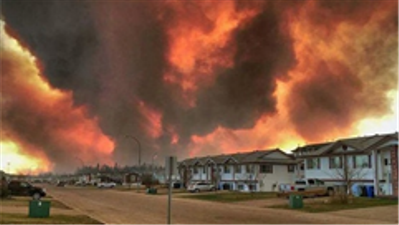
Forecasts of wildfires in the world are not reassuring, annually increasing the number of fires caused by global climate change and other causes. Therefore, the number of large fires still rising in periods of hot, dry weather.
60-80% of all fires in most countries refer to classes A and B, 80-90% of the fires are extinguished with water, 1-2% - Freon’s, the remaining 8-10% - powders and foam (environmentally hazardous substances).
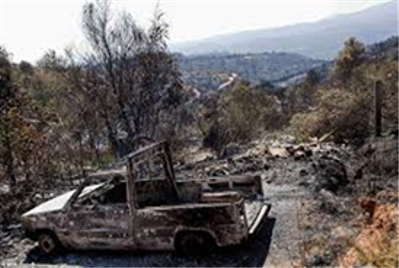
Although most of the fires are extinguished with water, this can also be a cause of environmental pollution. Environmental risk of fire extinguishing water contaminated with harmful chemicals into groundwater, rivers and lakes. The clean-up of this is expensive, time consuming and sometimes leads to irreversible damage.
Some flame retardants used today, in large quantities for extinguishing fires threaten the health of humans and animals through the use of compounds harmful to human carcinogens (cancer-causing substances), causing serious diseases for human and animal.
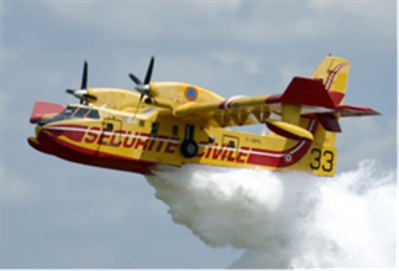
The technology used today is not always effective, have a low fire extinguishing capability, and the application is complex and require time-consuming preparation and technological features. Many fire extinguishers are toxic, so the preparation requires the use of personal protective equipment, causing significant damage is prevented. Forest fires require high material costs and a large amount of water. Water consumption is more than 50 liters per 1 sq.m. burning edge.
